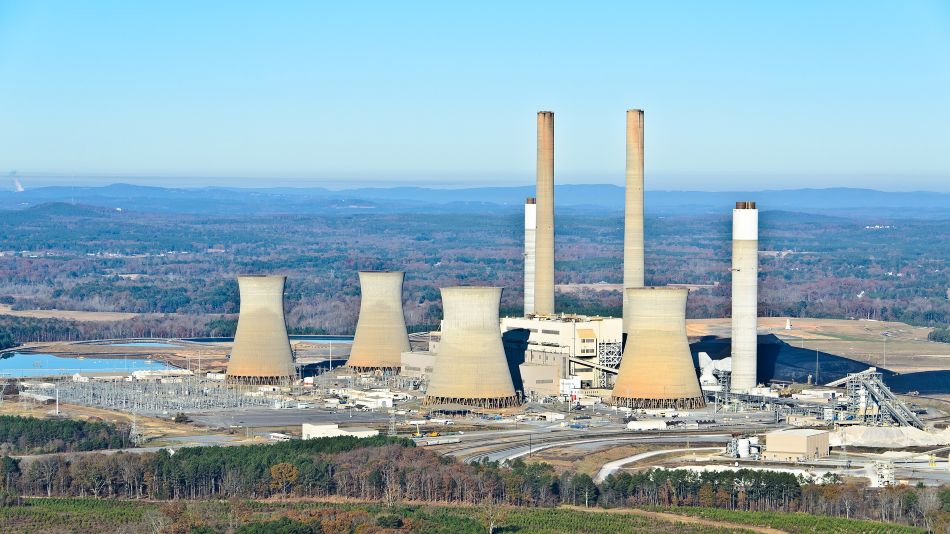ASME Congressional Briefing on Advancing Safety Technologies for Autonomous Vehicles
ASME Congressional Briefing on Advancing Safety Technologies for Autonomous Vehicles
ASME recently sponsored a Congressional briefing on Capitol Hill on “Advancing Safety Technologies for Autonomous Vehicles,” with the purpose of informing Members of Congress and congressional staff on safety challenges associated the advancement of autonomous vehicle (AV) technology. The event was hosted by the ASME Safety Engineering and Risk Analysis Division with support from the Congressional Robotics Caucus, co-chaired by Congressmen Mike Doyle (D-PA) and Rob Woodall (R-GA). ASME brought together this panel of experts in the fields of risk, reliability, and safety technologies to share their thoughts and insights on opportunities and challenges facing the future of autonomous vehicles, as well as to identify and address the relevant safety technology, policy, and regulatory development needs.
Connie Lausten, chair of ASME’s Committee on Government Relations, kicked off the event with welcoming remarks. She introduced some of the major hurdles facing AV technology, including questions of safety, licensing, and security. Lausten asserted that, until these safety gaps are closed, there is a long way to go until the deployment of truly driverless cars. ASME Past-President Dr. Said Jahanmir echoed this sentiment, adding that safety standards have not been keeping pace with technological advancements, presenting a need for more formalized approaches to studying AV technologies.
The focus of the briefing was on three general issues with AV technology: risk, reliability, and resilience. A short summary of each speakers remarks are included below:
Connie Lausten, chair of ASME’s Committee on Government Relations, kicked off the event with welcoming remarks. She introduced some of the major hurdles facing AV technology, including questions of safety, licensing, and security. Lausten asserted that, until these safety gaps are closed, there is a long way to go until the deployment of truly driverless cars. ASME Past-President Dr. Said Jahanmir echoed this sentiment, adding that safety standards have not been keeping pace with technological advancements, presenting a need for more formalized approaches to studying AV technologies.
The focus of the briefing was on three general issues with AV technology: risk, reliability, and resilience. A short summary of each speakers remarks are included below:
- Dr. Vasiliy Krivtsov, Director of Reliability Analytics at Ford Motor Company, began the panel discussion with a presentation addressing the reliability and resilience issues facing AVs. Krivtsov elaborated on three main aspects: a) duty cycle and design life implications resulting from the usage rate increase, b) reliability enhancements via redundancy architectures, and c) prognostic health management of AV’s critical systems.
- Dr. Mohammad Pourgol-Mohammad, Senior Reliability Manager at Johnson Controls and Chair of ASME’s Safety and Risk Division, posed the question “What is ‘acceptable risk?” and asked, do AVs need to be “as safe as” or “safer than” traditional vehicles? He discussed the various assessment techniques currently in place, including software failure modeling and planning for external environmental causes, but he also noted that in order for many of safety questions to be answered, new modelling techniques will need to be developed.
- Dr. Daniel Metlay, Senior Fellow at the UCLA Garrick Institute for the Risk Sciences, focused on the potential societal implications of deploying AVs to the public on a large scale. In his own words, “technologies are not value-free, and the social acceptability of autonomous technologies depends on trust both in the technology itself and in the organizations that implement and regulate it.” This is particularly important as development of these technologies continues to outpace governance of them.
- Dr. Roger McCarthy, Principal of McCarthy Engineering, began by reminding the audience that California is currently the only state that requires AV accident/risk data to be publicly reported. He noted that based on available data, AVs still have more crashes than human-driven cars, but that nearly all of these crashes were the fault of a human driver who rear-ended the AV. McCarthy continued to make the case for developing driver “assistance” devices— such as crash warnings, automatic braking, etc.—as an important near-term goal for policymakers to promote instead of aiming for rapid deployment of autonomous vehicles.
- Dr. Mohammad Modarres, Director of the Center for Risk and Reliability at the University of Maryland, echoed concerns about the viability of teaching AVs how to match human cognitive ability and on-the-fly reasoning. He also stated that a balance is necessary between developers and policymakers, and that better and more transparent evaluation of AV deployments will provide a smoother path to fully autonomous vehicles.



